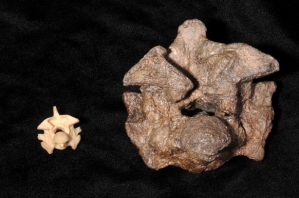Having handed in my disseration and, with the notable exception of graduation, all but completed my course, I’m now free to spend much more time working on this blog. From now on I’m hoping to post at least an article a day — varying from research-related posts to just my reading for the day. Probably the most pertinent thing to write about is what I have been working on over these past few months, but being a precocious topic-hopper I’m going to provide a video of Nassim Nicholas Taleb, an economist who appears to hold a lot of sensible views about the economy.
N.B. The video I was watching doesn’t appear to be compatible with wordpress. So, here is the link to that video, and the video below is a far shorter segment from Newsnight. It’s dumbed down to the extreme, but you get the gist of Mr Taleb’s stance. Enjoy.


